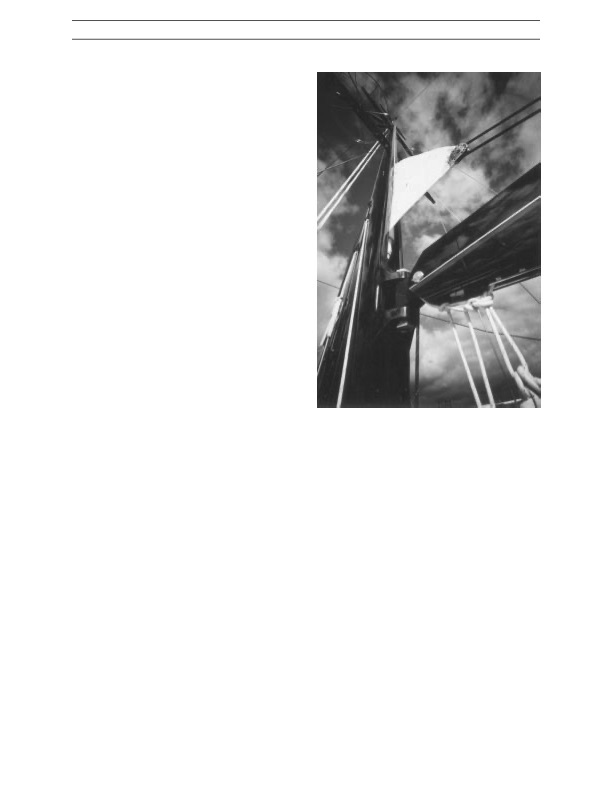
PDF Publication Title:
Text from PDF Page: 021
Recreational Use of FRP Marine Composites Trident Trident Shipworks in Tampa, FL handles a wide range of projects on a custom basis. Although recently founded (1992), the executive staff of Trident has participated in the fabrication of over 100 yachts in excess of 60 feet. Gary Carlin brings the background of race yacht construction from Kiwi Boats. Most designs are built with foam core construction over male jigs. Hulls are typically built with vinyl ester or epoxy resins. Trident has capabilities to post cure parts in excess of 100 feet. Some yachts recently completed include a 104’ Tripp-designed fast cruising sailboat; a 115’ Hood-designed shallow draft cruiser (see Figure 1-9); a 105’ waterjet powered S&S motoryacht; and a 120’ Jack Hargrave long-rang motoryacht. Westport Shipyard Westport Shipyard was established in 1964 initially to supply services to their local commercial fleet. After the first few years, the shipyard began to construct commercial boats which are now in use throughout the West Coast, Alaska, Hawaii, and American Somoa. In 1977, Figure 1-9 the shipyard was sold to its present owners, Rick carbon Fiber/Epoxy Mast for 115’ Ted and Randy Rust. Up until 1977, the shipyard Hood Designed Shallow Draft Sailing had specialized in producing commercial salmon Yacht Built by Trident Shipworks trollers and crab boats in the 36 to 40 foot range, [photo by the author] as well as commercial charter vessels in the 53 to 62 foot range, all built with fiberglass. After 1977, Westport began to build much larger commercial and passenger boats and larger pleasure yachts. This trend continues today, with most vessels being in the 80 to 115 foot size range. Westport claims to have built more large (80 foot through 128 foot) fiberglass hulls than any other builder in the United States. The Westport Shipyard developed their variable size mold concept when they found that a 70 foot by 20 foot mold was constantly being modified to fabricate vessels of slightly different dimensions. A single bow section is joined to a series of shapable panels that measure up to 10 feet by 48 feet. The panels are used to define the developable sections of the hull. Since 1983, over 50 hulls have been produced using this technique. Expensive individual hull tooling is eliminated, thus making custom construction competitive with aluminum. A layer of mat and four woven rovings is layed-up wet with impregnator machines. Westport’s Randy Rust has streamlined the number of man-hours required to build cored, 100-foot hulls. These Jack Sarin hull forms are used for both motoryachts, such as the stylish 106-foot Westship Lad,y and commercial vessels, such as excursion boats and high-speed ferries. 8 150-foot OmohundroPDF Image | Marine Componsites

PDF Search Title:
Marine ComponsitesOriginal File Name Searched:
MARINE_COMPOSITES.pdfDIY PDF Search: Google It | Yahoo | Bing
Development of a solar powered Electric Ship The Electricship website originally started off as a project to develop a comprehensive renewable, affordable, modular electric ship... More Info
Modular Boat Hull Composite The case for a unsinkable, modular composite hybrid boat hull... More Info
MS Burgenstock Hybrid Electric Catamaran Lake Lucerne Unique shuttle servicing Lucerne to the Burgenstock Resort... More Info
Ground Power Unit GPU Powered by Lithium Ion Batteries The goal of the Ground Power Unit is to provide a readily accessible, modular, ready-to-power solution for remote power... More Info
| CONTACT TEL: 608-238-6001 Email: greg@electricship.com | RSS | AMP |